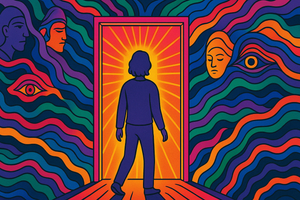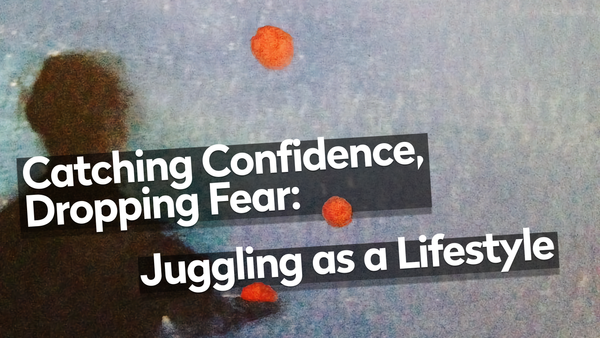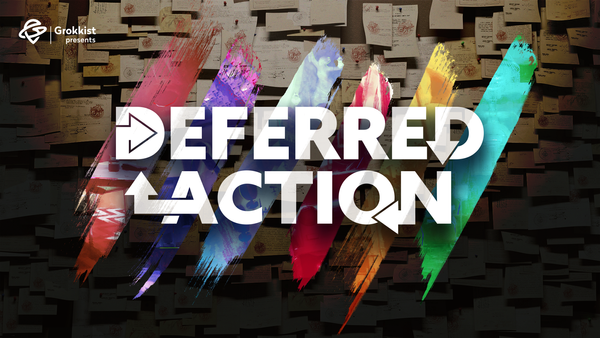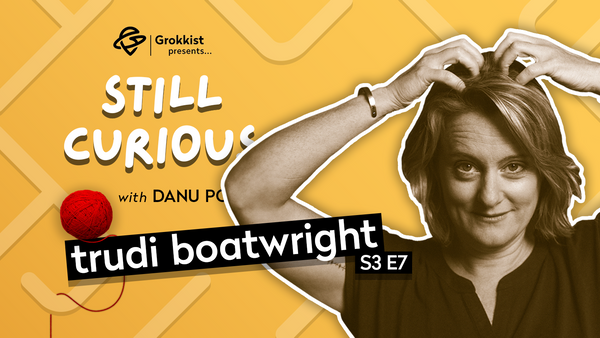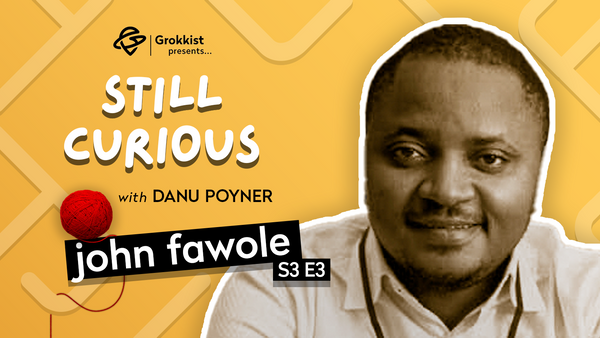I have fond memories of learning being fun as a kid. Often, what made it fun was the doing part. It was even more fun when I had limited guidance. This was mainly expressed through sports and video games (thank you level 1-1 of Mario). I enjoyed a similar experience a few weeks ago when we celebrated my wife’s birthday by taking her to TopGolf.
TopGolf is a four-story driving range that mimics the experience of going to a bowling alley. Each group is given a bay (instead of an alley) with various food and drink options, several private TVs, and access to a timed golfing session.
TopGolf's unique structure allows new people to try golf for the first time. Access to golf is a privilege, with golf clubs costing hundreds of dollars. However, at TopGolf, I saw families and friends, not golf pros. I mention this because it can be intimidating to see people excelling while you feel like you are failing.
TopGolf circumvents this frustration and fear through its onboarding. It is straightforward; they give you the clubs, show you different objectives, and then get out of your way. It takes the best of gamified learning and applies it masterfully so that the golfer can learn by doing. TopGolf is more than just hitting a ball; it is an experience designed for anyone’s skill.
Gamification comes in many forms, with the two most significant types Karl Kaap talks about being structure and content. The structure is the elements that make a game, including points, badges, or leaderboards. Content gamification involves turning the actual content into more of a game-like experience.
TopGolf amps up the structure; it offers a variety of games you can play, ranging from closest to the hole, approach shots, or world-renowned course simulations. They also provide copious amounts of data, an interactive leaderboard, and immediate feedback. It also allows you to take a typical game of golf and turn up the content to focus on specific areas of improvement.
Focusing on specific aspects of your game is intuitive and rather addicting. And that is not just coming from someone who hasn't played golf in a long time and wishes they did. But also from my family, who had never thought about playing and thought they were signing us up for a novel experience.
TopGolf offers two game modes for beginners looking to learn golf. The first is closest to the hole. The second is a meta-game utilising Angry Birds. The learner will become a better golfer playing either of these games.
So how does it work? And is it actually true that playing a weird Angry Birds offshoot can meaningfully improve my golf game?
Any golf coach will tell you that the number one thing to focus on when getting into golf is to be consistent. Like in our work, we'd prefer consistent outputs over inconsistent success. The two above games both reward consistency over long drives or fancy backspins.
I can hit the ball far, all the way to the end of the range, while my family can hit the ball 100 feet or so. So how did we end up with the same score?
Consistency.
While I can get my to the end of the range, it doesn't always get there straight. By comparison, my family’s shots would literally hit each other 75 feet down range. When end-game scoring came, they were the ones who were winning.
Neither my family nor I were playing the game wrong. While I focused on remembering what it was like to pull out a driver, my family were interested in improving their newly found swings. The game rewarded them. Their behaviour was reinforced with zero direction other than the score they received.
They didn’t need a coach to provide feedback or a YouTube video to teach them how to swing. Instead, they watched those around, were given an objective, and worked out how to achieve it on their own.
And to me, this is the beauty of gamification in learning. Learning does not have to be an overly structured exercise. Instead, by finding ways to provide positive feedback for behaviour, they were able to improve their performance.
And it wasn't just them.
The feedback I received made me re-evaluate how I was playing the game. After a few rounds of falling further and further behind, I was encouraged to pull out a five iron and start working within the game's structures.
Soon I was hitting the ball consistently, not swinging so hard, and thinking about what I was doing.
I had gone from Happy Gilmore to Rory Mcllroy, all while drinking an Arnold palmer.


